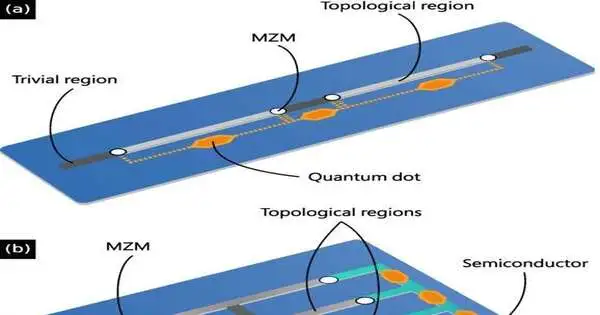According to reports, a first step in the development of a trustworthy and useful quantum computer has been taken by a group of Microsoft Quantum researchers. The group describes the milestone and their plans to construct a dependable quantum computer over the next 25 years in their paper, which was published in the journal Physical Review B.
Physicists and computer engineers are working on creating a quantum computer that can be trusted and used. However, error rates have hampered these endeavors. The Microsoft team suggests in this new endeavor that the development of quantum computers is proceeding in a manner comparable to that of conventional computers.
At first, new ideas were followed by hardware upgrades that eventually led to the machines we have today. In a similar vein, they suggest that despite the fact that the methods that are currently utilized to represent logical qubits, such as a gatemon or a spin transmon, have proven useful as learning devices, none of them are scalable. They suggest that a new strategy that allows for scaling must be found.
They now claim to have developed a novel hardware-stabilized method for representing logical qubits. According to reports, the device is able to induce a matter phase characterized by Majorana zero modes—types of fermions. The technology’s viability is also demonstrated by the fact that such devices have demonstrated disorder levels low enough to pass the topological gap protocol. They think that this is the first step toward making a quantum supercomputer as well as a quantum computer.
Microsoft also stated in its announcement that it has developed a new method for evaluating a quantum supercomputer’s performance: the number of reliable operations that a computer can carry out in a single second is referred to as reliable quantum operations per second (rQOPS). They propose that a machine’s rQOPS must be at least one million in order to be considered a quantum supercomputer. They point out that these machines could achieve a billion rQOPS, which would make them truly useful.
More information: Morteza Aghaee et al, InAs-Al hybrid devices passing the topological gap protocol, Physical Review B (2023). DOI: 10.1103/PhysRevB.107.245423





